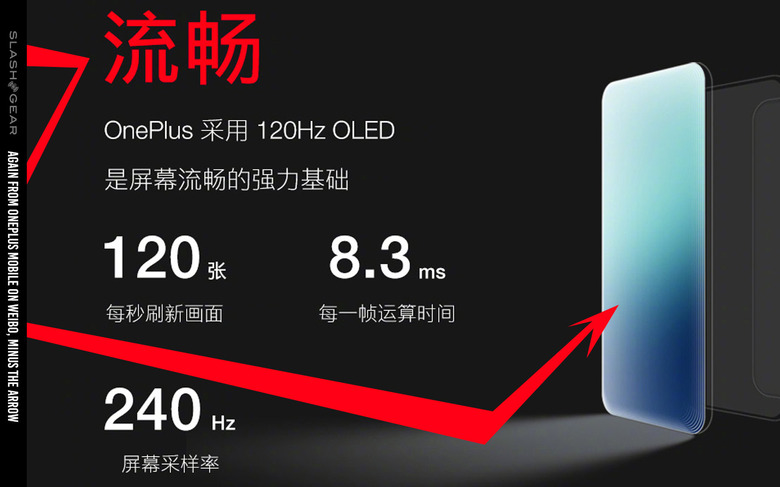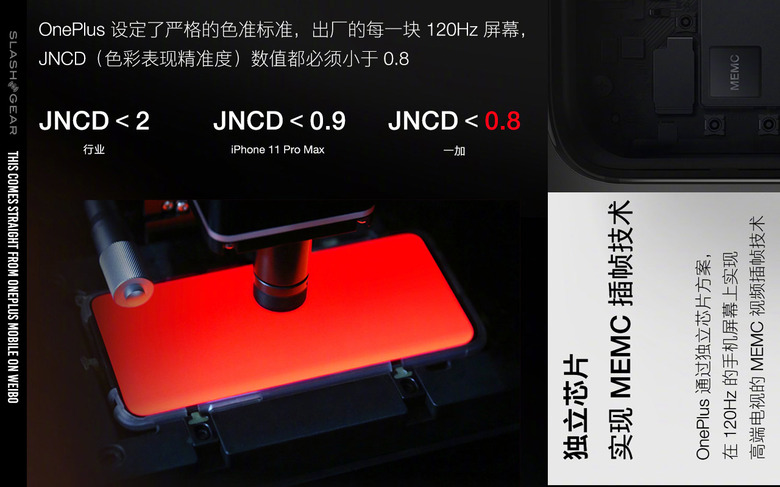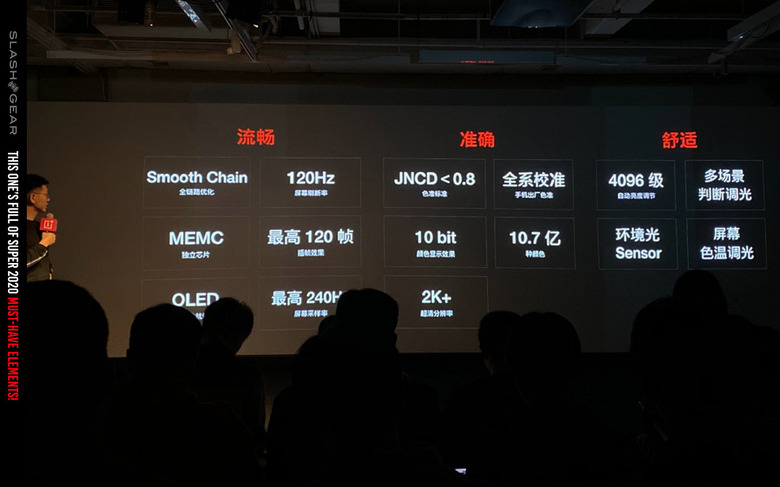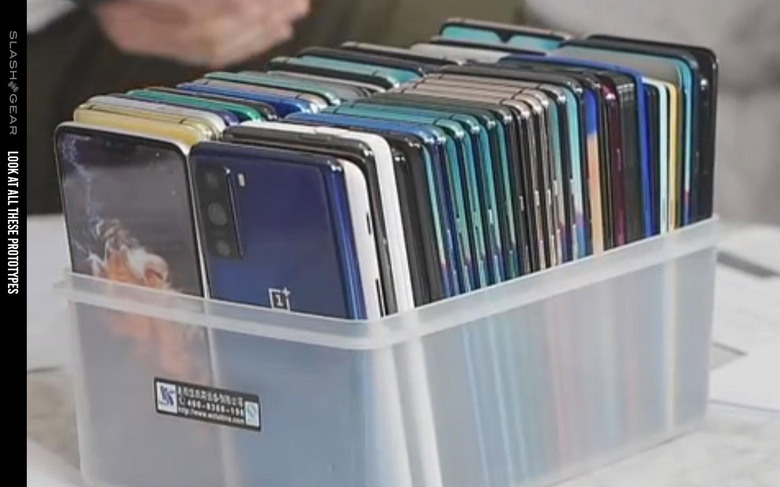5G OnePlus 8 with 120Hz display: Four reasons we're excited - and one we're not
The OnePlus 8 is rumored to have a 120Hz display as well as access to 5G connectivity – are the positives enough to outweigh the potential negative? The display on the OnePlus 8 Pro was tipped to roll with a 240Hz touch refresh rate, too. Why would anyone not want a display such as this? Let's take a peek at what's possible.
5. 120Hz Display
The OnePlus 8 Pro was tipped this week to be made with a 120Hz image refresh rate. A display with 120Hz image refresh rate can potentially show a new frame 120 times per second. The trend to this high-speed image refresh rate in a smartphone display was sort of started by the Razer Phone back in 2017... if you don't count the iPad Pro's "ProMotion" 120Hz display.

4. 240Hz touch refresh
When you've got a refresh rate of 120Hz on a touchscreen panel, you will (ideally) have a touch sampling refresh rate of at least 120Hz. If you have the same image refresh rate as touch sampling refresh rate, your device will mark the position of your finger's position on the screen as often as it'll refresh the image it shows.
With a 120Hz display and 240Hz touch refresh, you're talking about a device that checks the position of your finger on the screen twice as often as it refreshes the image it's meant to show. This is sort of extreme refresh rate is great for mobile gaming, but also great for making a smartphone look and feel as accurate and smooth as possible.

3. Dedicated MEMC chip
The OnePlus 8 Pro will work with MEMC. MEMC stands for "Motion Estimation, Motion Compensation." This is effectively frame interpolation – the intelligent calculation and inserting of image frames between image frames. If content only has 60 frames per second, this phone (with MEMC) could potentially present said content with 120 frames per second – MEMC effectively intelligently creates new frames.
MEMC (as OnePlus calls it here) calculates the most sensible half-way point between frames. More frames means a smoother piece of content – a smoother video – the soap opera effect. This can be bad, it can look strange, but it can also make old content look magically new.
NOTE: Vizio is another brand that uses the term "MEMC" for basically the same technology. This is not really a universal term for this sort of effect, but it's also not a unique branded term.
2. Low JNCD
JNCD stands for "Just Noticeable Color Difference", a term used by display accuracy calculators like DisplayMate to find the accuracy of colors on a display. They try to be as objective as scientifically possible, using the CIE 1976 Uniform Chromaticity Scale and a Spectroradiometer. A lower score is better.
According to the information shared by OnePlus this week with industry insiders, the next major OnePlus display has JNCD <0.8. Again, according to their calculations, this would make the next OnePlus smartphone display more color-accurate than the iPhone 11 Pro Max.

1. 5G in effect
Assuming you live in an area that has access to 5G data speed, rolling with a device that has access to 5G radio bands right now is... really the only way you're going to get that speed in the mobile realm. Now, if only we had a reason to want 5G right now.

0. Negative: Battery Life
If we've got a giant OnePlus 8, or OnePlus 8 Pro, or whatever they'll end up calling it in the end, we've got some options. Either it can have 120Hz display, or 5G, or both, and if it has both – plus a supremely bright AMOLED panel – there's a good chance it'll struggle with battery life. There'll be optimizations aplenty, of that you can be sure, but we're still here at the start of the 5G era, and battery life IS going to be an issue.
The same sort of thing happened with battery drain when we saw the first generation of 4G LTE smartphones. Battery life was a nightmare. But such is the joy of being an early adopter – time for fun!
